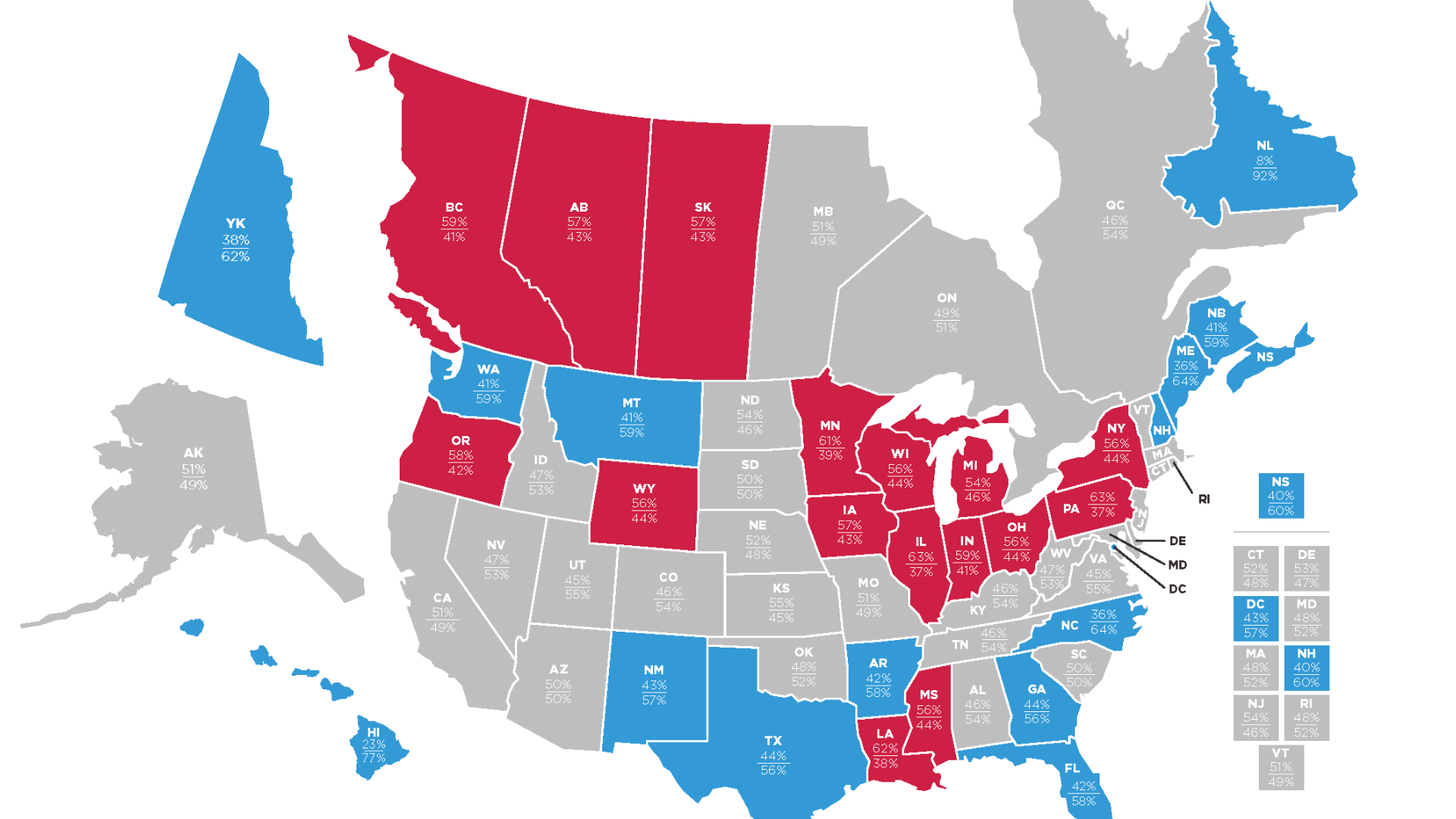Tips for Moving Household Pets
Tips for Moving Household Pets
Household pets, like humans, can experience a significant amount of stress during a move. Unfortunately, animals can’t understand the source of their feelings so their stress might manifest itself in behaviors like excessive noise-making, excessive gnawing, potty accidents, or restlessness. As items are packed up and the environment begins to change for the pet, the level of stress the pet feels may also increase. On the day of the move, when boxes are moving around and strangers are walking through the home, pets may become overly excited to the point where it becomes a distraction for movers.
On the days leading up to moving day, when items are being packed and the home is changing before the pet’s eyes, a special section of the home should be established that contains the pet’s favorite blanket, toys, and food bowls. This way, when they begin to feel stressed or excited, they will be able to retreat to a section of the home that they feel comfortable in and recognize. These items should not be packed until the pet leaves the home for the last time. When the owners arrive at their new home, the pet’s favorite items can be placed in the area of the home where they will be kept. This will help the pet begin to associate the new area as its new home.
Before the moving crew arrives on moving day, it’s best for pet owners to remove their animals from the home entirely, especially if the animals can’t be contained to a single section of the home. Pet day-care facilities exist where animals can interact and play with other animals, but not every town has these facilities. Neighbors and family members can be asked to babysit for pets, especially responsible teenagers who are both good with animals and could use some extra cash.






